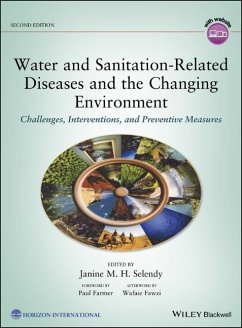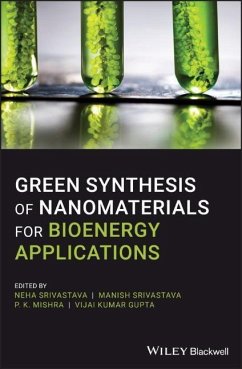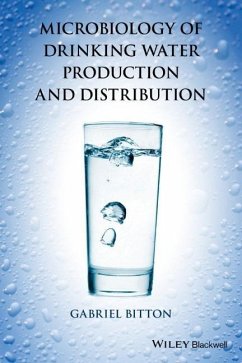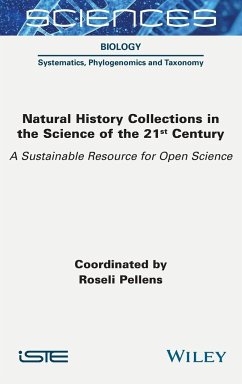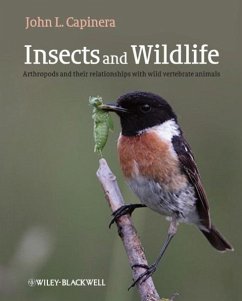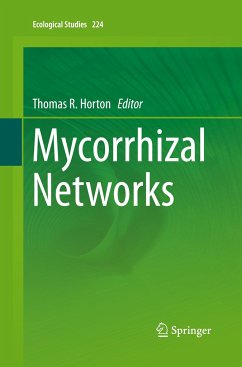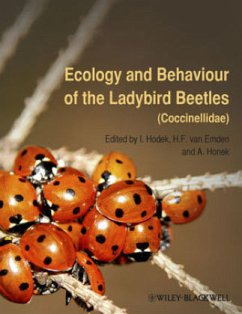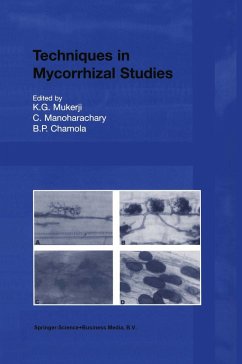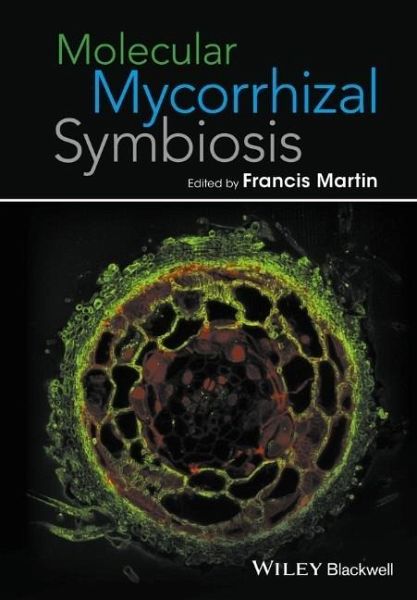
Molecular Mycorrhizal Symbiosis
Versandkostenfrei!
Versandfertig in über 4 Wochen
193,99 €
inkl. MwSt.
Weitere Ausgaben:

PAYBACK Punkte
97 °P sammeln!
Recent years have seen extensive research in the molecular underpinnings of symbiotic plant-fungal interactions. Molecular Mycorrhizal Symbiosis is a timely collection of work that will bridge the gap between molecular biology, fungal genomics, and ecology. A more profound understanding of mycorrhizal symbiosis will have broad-ranging impacts on the fields of plant biology, mycology, crop science, and ecology.Molecular Mycorrhizal Symbiosis will open with introductory chapters on the biology, structure and phylogeny of the major types of mycorrhizal symbioses. Chapters then review different mo...
Recent years have seen extensive research in the molecular underpinnings of symbiotic plant-fungal interactions. Molecular Mycorrhizal Symbiosis is a timely collection of work that will bridge the gap between molecular biology, fungal genomics, and ecology. A more profound understanding of mycorrhizal symbiosis will have broad-ranging impacts on the fields of plant biology, mycology, crop science, and ecology.
Molecular Mycorrhizal Symbiosis will open with introductory chapters on the biology, structure and phylogeny of the major types of mycorrhizal symbioses. Chapters then review different molecular mechanisms driving the development and functioning of mycorrhizal systems and molecular analysis of mycorrhizal populations and communities. The book closes with chapters that provide an overall synthesis of field and provide perspectives for future research.
Authoritative and timely, Molecular Mycorrhizal Symbiosis, will be an essential reference from those working in plant and fungal biology.
Molecular Mycorrhizal Symbiosis will open with introductory chapters on the biology, structure and phylogeny of the major types of mycorrhizal symbioses. Chapters then review different molecular mechanisms driving the development and functioning of mycorrhizal systems and molecular analysis of mycorrhizal populations and communities. The book closes with chapters that provide an overall synthesis of field and provide perspectives for future research.
Authoritative and timely, Molecular Mycorrhizal Symbiosis, will be an essential reference from those working in plant and fungal biology.




